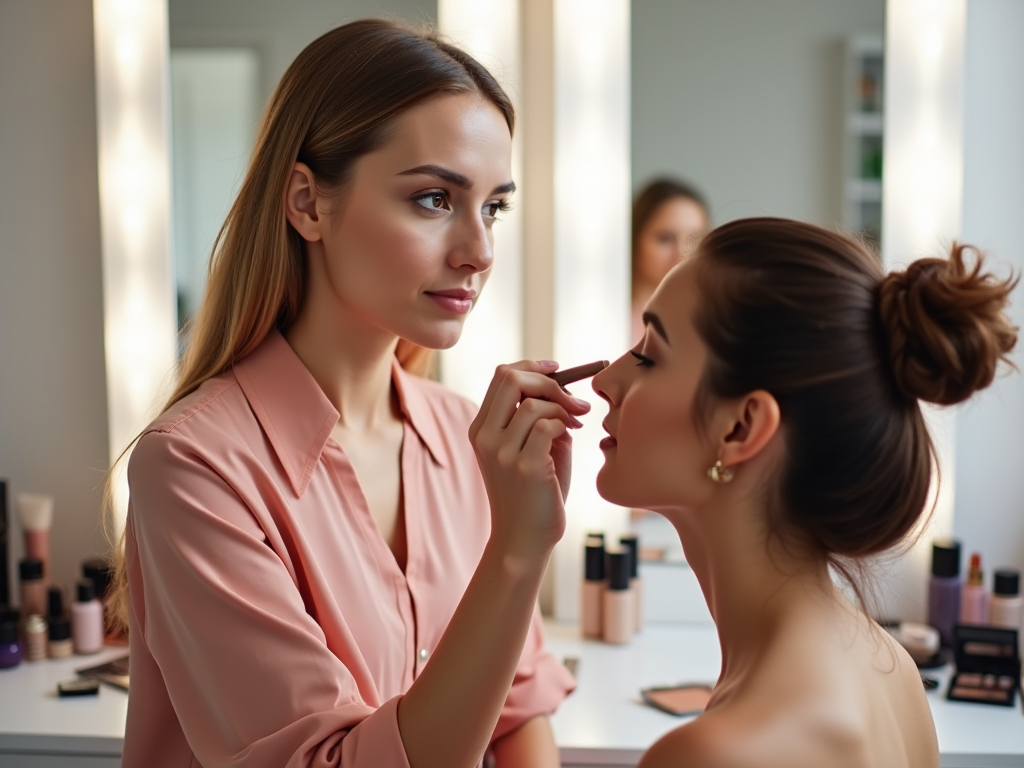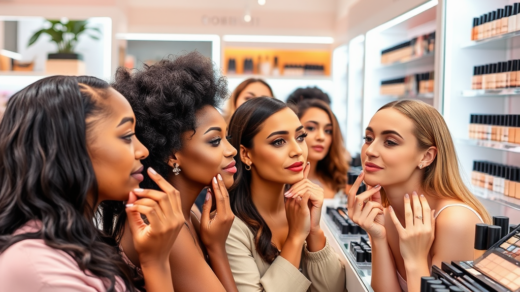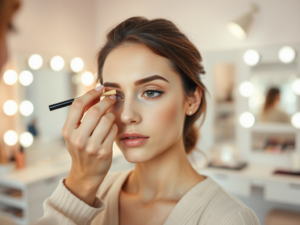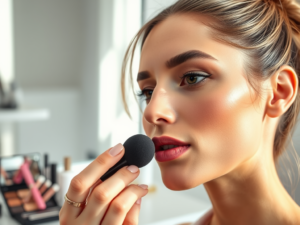Where Does Concealer Go? A Step-by-Step Guide to Perfect Application
Concealer is a game-changing beauty product that can elevate your makeup game by enhancing your natural beauty. Many people struggle to use concealer effectively, often unsure of where to apply it or which products are best for their skin type. This guide aims to demystify the application of concealer, providing a detailed roadmap to achieving a flawless complexion. Understanding the nuances of how to apply concealer can make a significant difference, not just in your appearance, but in your confidence as well. From covering blemishes to hiding dark circles, mastering concealer application will allow you to achieve a polished look effortlessly. Let’s explore the essential techniques and tips to ensure your concealer is perfectly applied for any occasion.
Understanding Concealer: What It Is and Why You Need It
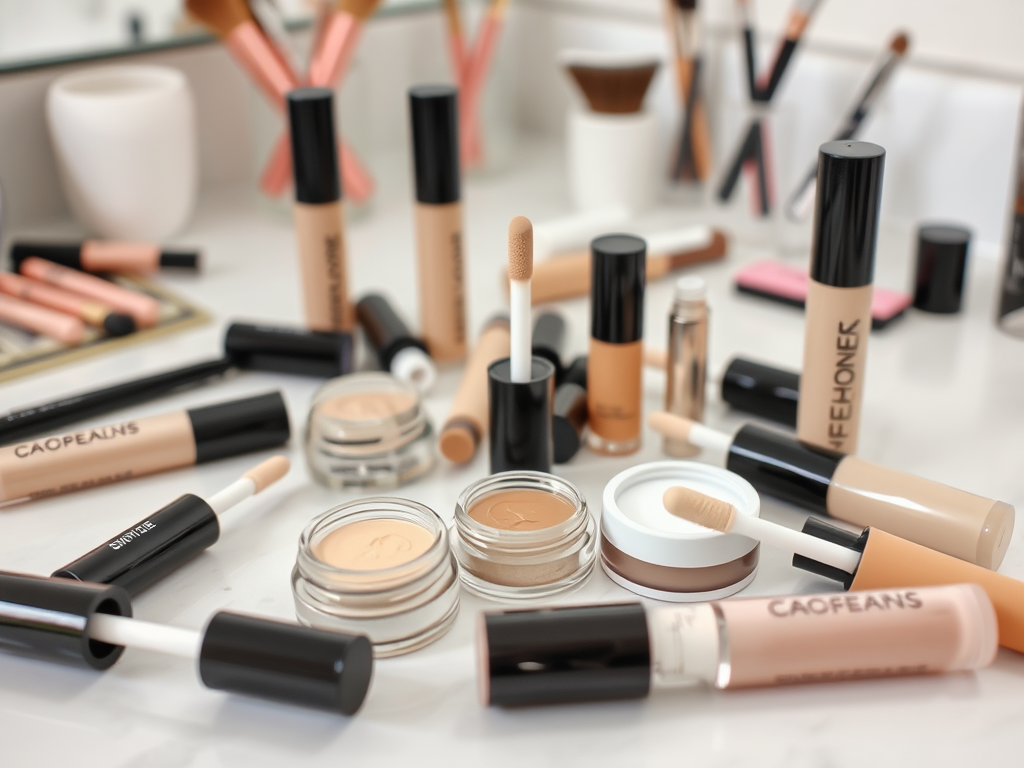
Concealer is a specialized makeup product designed to mask imperfections on your skin. Unlike foundation, which provides an all-over coverage, concealer targets specific areas needing extra attention. This can include acne, redness, age spots, or dark circles. The versatility of concealer allows it to serve multiple purposes — correcting, highlighting, and even contouring, depending on how you use it. Moreover, knowing how to choose and apply concealer can streamline your makeup routine and enhance your overall look. This makes it an indispensable tool for makeup enthusiasts at any skill level.
Choosing the Right Concealer for Your Skin Type
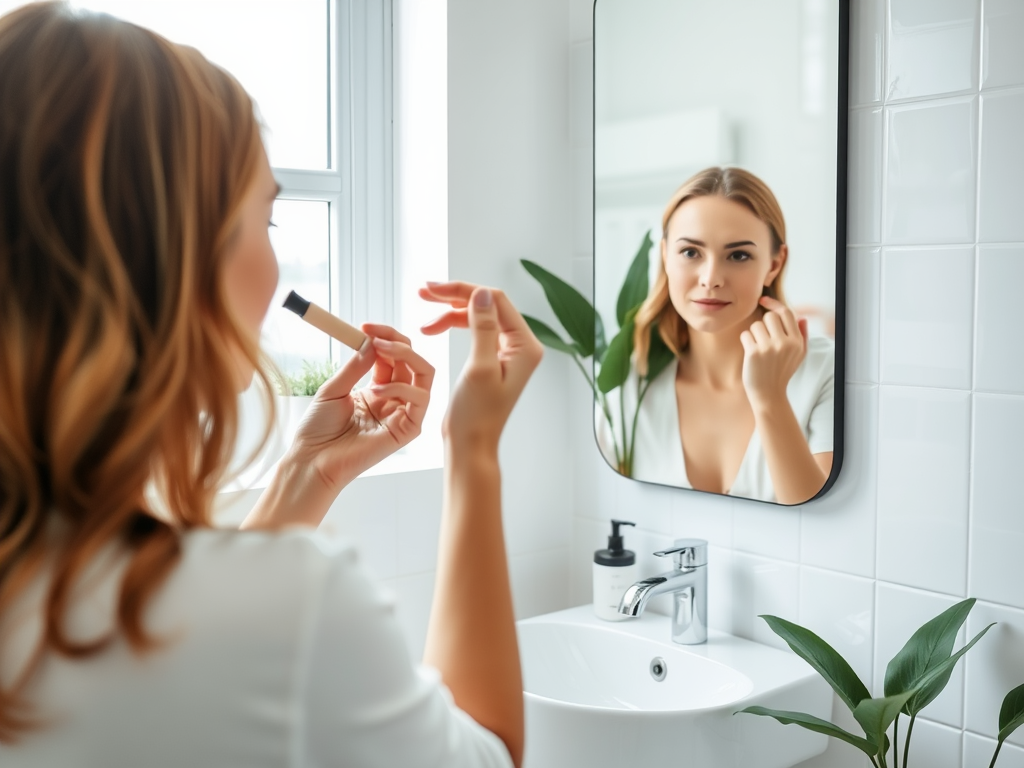
Before jumping into application techniques, the first important step is selecting the right concealer tailored to your skin type. A product that complements your skin can make all the difference. Here are the key factors to consider when making your choice:
- Skin Type: Identify whether your skin is oily, dry, combination, or sensitive as this will influence the formula.
- Coverage Level: Decide whether you need sheer, medium, or full coverage based on your needs.
- Finish: Choose from matte, dewy, or satin finishes depending on the desired look.
- Undertone: Knowing your undertone — cool, warm, or neutral — helps in picking shades that blend seamlessly.
Prepping Your Skin for Concealer
The secret to a flawless concealer application begins with properly prepped skin. Taking the time to prepare your skin ensures a smooth application and longevity of your makeup. Start by cleansing your face to remove impurities that could interfere with makeup. Follow this up by applying a moisturizer suitable for your skin type to hydrate your complexion. Additionally, a primer tailored to your skin needs can create a perfect base for your application. This simple routine helps lay the foundation for a polished finish. It’s essential to allow each product a moment to absorb before proceeding to your concealer.
Step-by-Step Application of Concealer
When it comes to applying concealer, technique plays a crucial role in achieving that perfect finish. Here are the right tools that can dramatically improve your application:
- Brushes: Ideal for precise application, especially in harder-to-reach areas.
- Sponges: Perfect for blending for a more natural finish.
- Fingers: Utilize the warmth of your fingers for seamless blending.
| Area of Application | Technique |
|---|---|
| Under the Eyes | Lightly dab the concealer and blend gently using your ring finger or a sponge. |
| Blemishes | Apply directly to the blemish and blend outwards. |
| Dark Spots | Use a small brush for precision on spots. |
| Highlighting Areas | Apply in a triangular shape under the eyes for a lifted look. |
Setting Your Concealer
Once you have successfully applied your concealer, it’s vital to set it to avoid any creasing or smudging throughout the day. Setting your concealer not only enhances its longevity but also helps in maintaining a polished look. Here are some best practices for setting your concealer:
- Use a translucent powder for a natural finish that doesn’t alter your concealer’s color.
- Remember to apply the powder sparingly to prevent caking.
- Consider a setting spray as an alternative to lock your makeup in place for extended wear.
Conclusion
In this guide, we have explored the vital role of concealer in your makeup routine, from choosing the right product to mastering application techniques. Preparing your skin is just as crucial as the application itself, laying the groundwork for a flawless finish. Understanding the intricacies of applying concealer to different areas ensures you target imperfections effectively. Don’t forget to set your concealer to keep your makeup looking pristine all day long. Practice different techniques and experiment to find what works best for you. Ultimately, the goal is to enhance your natural beauty and boost your confidence with every application.
Frequently Asked Questions
- What type of concealer is best for acne? A full-coverage, oil-free concealer works best to hide blemishes without clogging pores.
- Can I use concealer without foundation? Yes, concealer can be applied alone for a more natural look, focusing on specific areas.
- How do I choose the right shade of concealer? Aim for a shade that matches your foundation or is one shade lighter for under the eyes.
- Is it necessary to set concealer with powder? While not mandatory, setting concealer with powder can prevent creasing and enhance longevity.
- How often should I replace my concealer? It’s generally advised to replace concealer every six months for optimal performance and hygiene.
